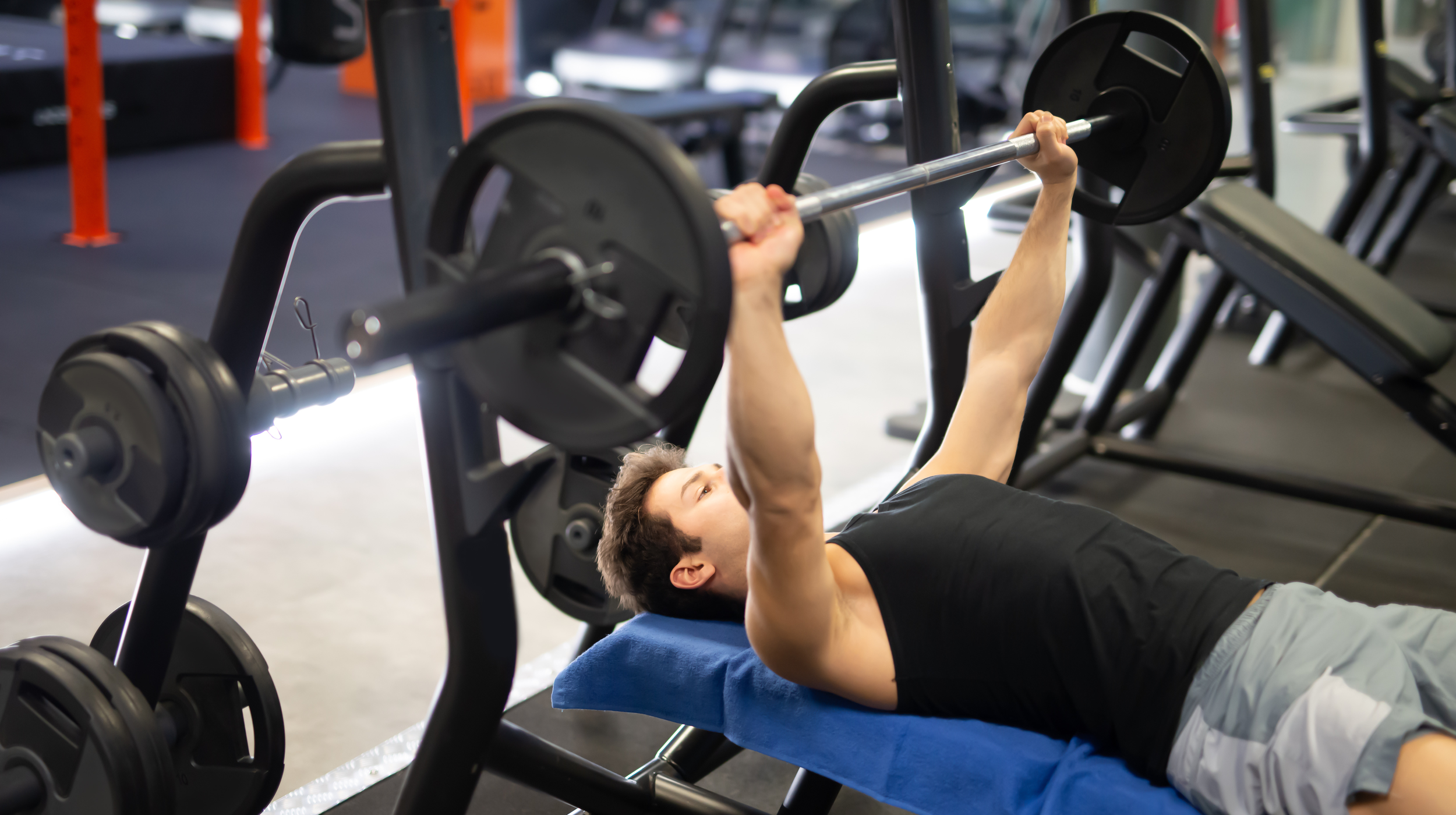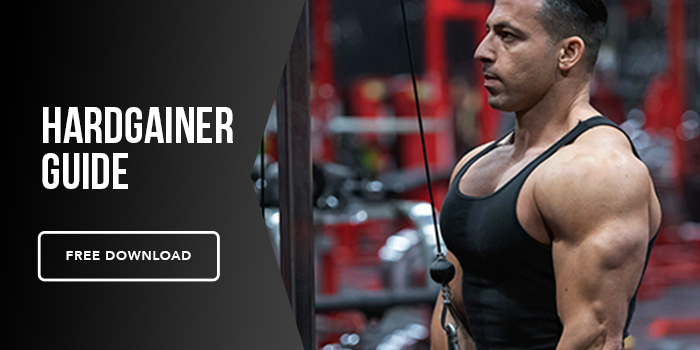A lot of other coaches and influencers like to make packing on muscle sound super difficult and complicated. It really isn’t. In fact, the most difficult part is just being consistent. The guidelines remain the same. So, without making it too complicated, I’d like to give you guys a one stop shop, for the easy to follow template that will ensure you pack on muscle, and not waste your time.
I will keep it somewhat brief for this article so you can get going right away. If you want a more detailed explanation as to why I created this list, be sure to check out some of my other articles on nutrition and lifting for adding size.
Nutrition - Create A Surplus!
What to Implement:
Multiply bodyweight x 15-16. Shooting for .5lb-1lb of weight gain a week. If the scale isn’t going up, you need to eat more. If your appetite is small, get ready to be eating a lot of meals throughout the day. If you are a beginner, you may be in a sweet spot where your weight stays the same, but you see changes in the mirror, and your strength in the gym continues to go up. If that’s the case that’s fine. Once you hit a point where everything feels like it’s hit a hard plateau, considering upping your calories by 200.
Protein - Not only for repairing muscle but every enzymatic process in the body. A must if you are trying to add size.
If you want to calculate - .82g-1g per pound of body weight. Usually 30-40grams of protein a meal
If not calculating - make sure your protein serving is the size and thickness of your palm for EACH meal
Sources: turkey, beef, steak, chicken, fish, eggs, etc.
Carbs - 30-40% of your intake to support muscle recovery, and performance in the gym.
Calculating - .30-.40 x total caloric intake.
No calculating - carb serving the size of closed fist each meal. Shoot for two fistfuls post workout.
Sources: oatmeal, rice, potatoes, quinoa, beans, etc
Fats - 20-25% of your calories
Calculating - .20-.25 x caloric intake.
Not calculating - This should essentially be a serving give or take with each meal. That could be a tablespoon of olive oil, a quarter cup of almonds, whatever.
Sources: nut butters, nuts, olive oil, egg yolks, etc.
That’s pretty much it for the nutrition portion of bulking. Ideally you want to be sticking to whole foods. It’s too easy to eat more processed, nutrient lacking foods like chips, and see your waist thicken, and weight balloon up quicker than you’d like. They are super caloric dense, and not filling enough comparatively. If staying relatively lean is your goal during a bulk (10-15% for men, 20-25% women), sticking with high quality food is your best choice for satiety.
Weight Not Moving?
Stop skipping meals. Figure out how many calories you need to put on weight, and consistently hit that target, or in a way that allows your weight to go up week to week.
Your weight should be going up by .5-1lb a week. If you find too much of it is body fat, then aim more towards the lower end. But any lower than that, and it’ll be too hard to track. Adjust up or down 200 calories accordingly. If I have clients who just aren’t seeing progress it is most likely because they aren’t eating as much as they claim. Be diligent.
Weight Moving too Quickly?
Stop being afraid to lose your abs! We need to be in a surplus to gain size. While that doesn’t mean you get an excuse to be fat, you don’t need to be above 15% body fat during a bulk. This means, your abs should never fully go away regardless. You can also subtract 200 calories if the weight is still too fast.
Does the Whole Process Feel too Slow?
Consistency is the key to success! Any client I’ve worked with in the past who reached their goal, did so because they did all the above points at least 90% of the time! No one reaches their end goal in life, by half assing their approach. Make a plan and stick with it habitually. You wouldn’t play basketball for one month and expect to go pro so why would it be any different for adding size?
The Lifting Component
What to Implement
Meso to meso you should be seeing:
5lbs more than week before (intensity)
More reps than the week before (volume)
More sets than the week before (volume)
When you hit two consecutive sessions where you can’t improve on your major lifts, it’s time for a deload. Allow one week to take all volume and intensity at 50% to allow your body to catch up to your progress. Then get ready for another meso.
Progression
Muscle growth is ultimately increasing the amount of tension that can be placed on a muscle. If you want your muscle to be BIGGER than the week before, than you need to be DOING more than the week before. There are a couple ways you can do this. Stop wasting time focusing on eccentrics, and drop sets. Spend those 3 months focusing on either increasing the volume or intensity.
Track Your Progress
How do we know each cycle we are actually getting stronger? Write it down! You carry your minicomputer in your pocket all day, so gone are the days of bringing a notebook to the gym. Create a google spreadsheet and write down your workouts each time so that after 4-6 weeks, you can see if your numbers have gone up. This will not only tell us if we are progressing, but also when it’s time to take a break.
Compound Movements
You are already struggling to put on size. Spending all your time trying to hit small muscle groups isn’t going to get you to your goal. You need to be focusing on these bigger bang for your buck movements, that stimulate as much muscle as possible. Focus on the squat, deadlift, bench press, overhead press, rows, and pull-ups before starting to include smaller muscles like shoulders, biceps and triceps.
Mind Muscle Connection
Make sure you actually FEEL the muscle being worked. If you are doing a bench press, and you only feel it in your shoulders then we have a problem. Muscle growth is in large part due to fatiguing the muscle. If it’s not connecting to the exercise, you can’t expect it to grow just because you went through the motions. Spend time with lighter weight to focus on building tension and choosing the right exercises that allow you to feel each muscle the most.
There you have it. If you follow these tips, I PROMISE you will put on muscle. Just make sure everything is progressing and staying consistent! You can’t complain you haven’t gained any size if I look at your programming, and your weights have only gone up 10 pounds over the last YEAR. I’ve made this pathetic mistake. Don’t be me.






